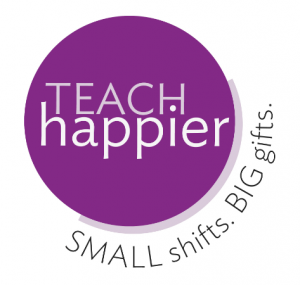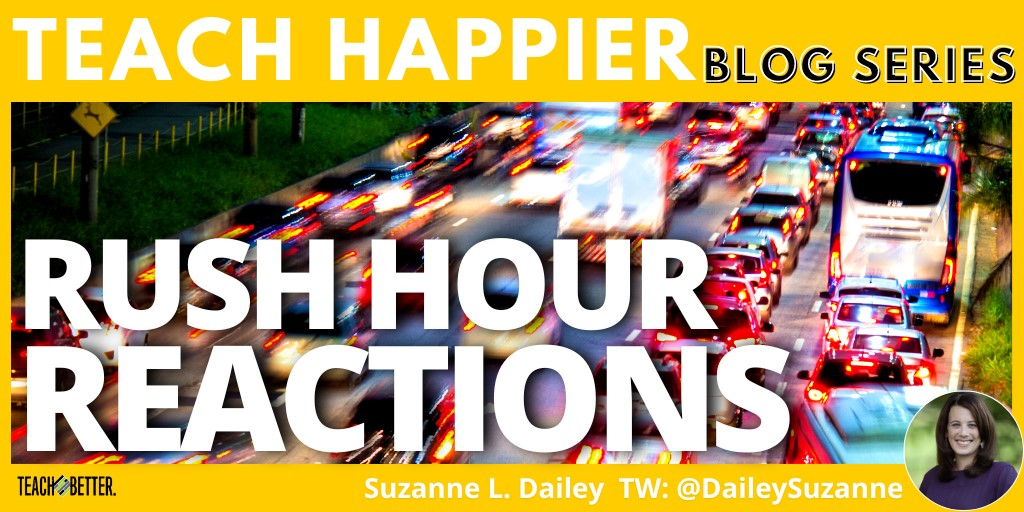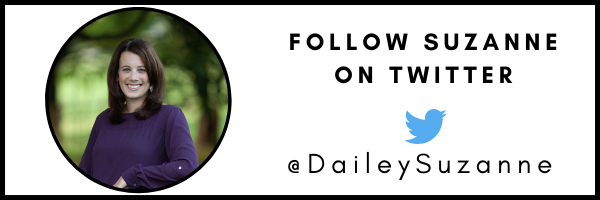TL;DR:
- Feeling rushed and hurried can lead to our worst versions, affecting our decisions and behavior negatively.
- Princeton University’s experiment shows that having more time allows for more rational and kind decisions, while rushing narrows our cognitive map.
- We can train our brain to notice when we’re rushed and take a 2-degree shift in thought to slow down, focus on the present, and make better choices.
This week is a simple shift in thought. For those of you who know me just by the book and podcast, you would think I am Miss Positivity with happy thoughts 100% of the time. For those who know me in real life, you know that is not the case. I’m human and some days I am on and some days I’m not.
I can tell you the time I am NEVER the best version of myself. Like never ever. In fact, I believe I am at my WORST version when I feel one thing: RUSHED. When there’s so much to be done and not enough time and I can’t figure out how I’ll get it all done, I am not a great version of myself. Psychologists would call this a “high-hurry state.” In this high-hurry state, I am not fun. I’m not that nice. I have a very short fuse. I can’t make sound decisions. I’m overly reactive.
I wouldn’t want to be around the high-hurry version of myself.
I wonder how many of you are nodding right now; I can’t imagine many of us are good when we feel rushed. Princeton University did an experiment with seminary students to prove that when we are rushed, we struggle cognitively, and therefore cannot make sound decisions with patience, kindness, or presence.
One of the fundamental things we understand and celebrate in this Teach Happier space is that the brain and the mind are trainable. We are not stuck with our factory settings. Click To TweetHow Hurrying Impacts Our Decisions
Here’s the experiment they did: This group of students had to share a piece of writing with a group who was waiting. They all had their pieces written and were prepared to share. The variable? How much time they thought they had.
- 1/3 of the folks were told: “You’re late. They were expecting you a few minutes ago…You’d better hurry. It shouldn’t take but just a minute.” This was the high-hurry condition.
- The other third: “The (studio) assistant is ready for you, so please go right over.” This was the intermediate-hurry condition.
- The final third: “It’ll be a few minutes before they’re ready for you, but you might as well head on over. If you have to wait over there, it shouldn’t be long.” This was the low-hurry condition.
As each student walked individually from the preparation classroom to the studio, he encountered someone in their path who needed help. This person appeared destitute, was slouched, had trouble walking, and was clearly in need of assistance. The researchers wanted to see which group was more likely to stop to help this person. In other words, who would make a sound decision with patience and kindness, and who would struggle?
(I bet you can guess where this is going).
- 10% of the students in that first “high hurry” group stopped to help.
- 45% of the students in the second “intermediate-hurry” helped.
- 63% of the students in the “low-hurry” situation helped the victim.
Those who felt like they had more time were able to use the cognitive space to make a rational decision. In a lower hurry state, we are nicer. We have a better tolerance. We can make sound decisions. And we are appropriately responsive.
This is due to a phenomenon Princeton researchers call “narrowing of the cognitive map.” When we feel rushed, we miss details, we are not present in the moment to notice what is really important, and we do not make the most beneficial choices for ourselves. In other words, we shut down.
[scroll down to keep reading]
Our Brain & Mind are Trainable
One of the fundamental things we understand and celebrate in this Teach Happier space is that the brain and the mind are trainable. We are not stuck with our factory settings.
The 2-degree shift in thought is this: When we feel rushed and hurried, let’s try to NOTICE we are in a state of hurry. This small shift in thought will absolutely impact our actions and language. Then we’ll use flashlights as our metaphor. On a dark night when the flashlights are on, we are only looking at what’s directly in front of us. We can focus on what’s important and allow that to figure out our next right thing; we don’t have to think of it all at once in a hurried mindset. We can pause, slow down, and see the things directly in front of us.
Let’s notice when we feel rushed and let’s slow down to focus on what’s directly in front of us.
 Small Shifts, BIG Gifts!
Small Shifts, BIG Gifts!
Let’s give it a try! When you feel rushed, simply notice that feeling and imagine those metaphorical headlights. What is your next right thing?
About Suzanne Dailey
Suzanne Dailey is a proud member of the Teach Better Family! She is an instructional coach in the Central Bucks School District where she has the honor and joy of working with elementary teachers and students in 15 buildings. Suzanne is Nationally Board Certified, a Fellow of the National Writing Project, and has a master’s degree in Reading. She is dedicated to nurturing and developing the whole child and teacher. Suzanne lives in Doylestown, Pennsylvania with her husband and two children.




